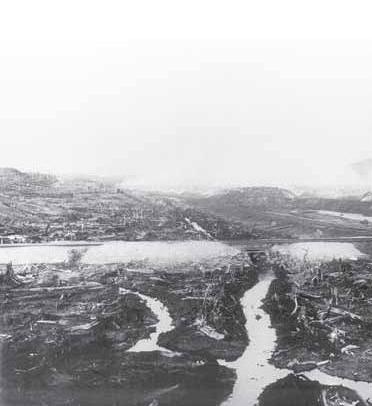This article is from the April 2010 issue of Beyond Borders: A Barrick Gold Report on Responsible Mining.
At the Pueblo Viejo project in the Dominican Republic, one of the most ambitious environmental clean-up efforts in recent mining history is underway. When the former Rosario Dominicana mine shut down its operations in 1999, proper closure and reclamation was not undertaken. The result has been a legacy of polluted soil and water and contaminated infrastructure.
Barrick acquired the property in 2006 as part of the Placer Dome acquisition. Today, what was once a hazardous area has been transformed into a safe and busy construction site, as some 4,500 employees and contractors converge to build the new Pueblo Viejo.
The clean-up is also creating a healthier living environment for nearby residential communities that have also been affected.
A Partnership Approach
Responsibility for the clean-up is shared between Pueblo Viejo Dominicana Corp. (PVDC), a company jointly owned by Barrick (60%) and Goldcorp (40%), and the Dominican government. A special lease agreement (SLA), which set out the terms for both parties, was ratified by the Dominican National Congress and President Leonel Fernandez in November 2009.



























